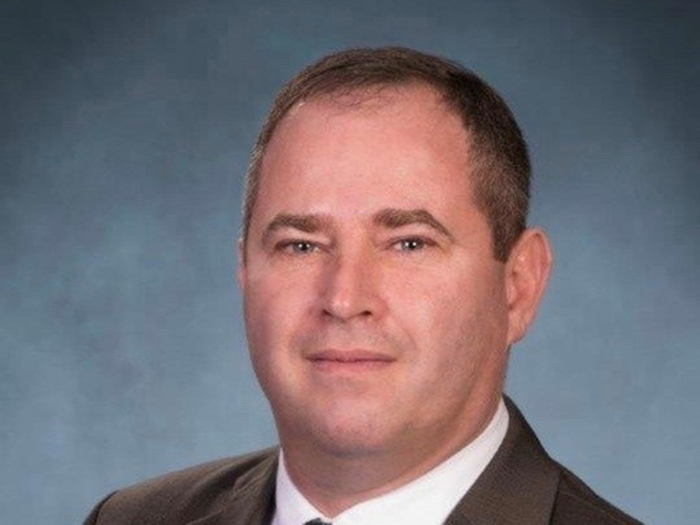Here’s Why the Senior Living Insurance Market Is Hardening: And What to Do About It
As the seniors housing market is experiencing increased capacity and a dip in census, your organization can not afford to ignore the rapidly changing insurance marketplace.
The soft market and discounted rates we have experienced over the past few years are officially gone.
We can no longer expect to see similar pricing and terms that we may have over the past several years. The carriers have re-set and there is no such thing as a 2018 to 2019 apples to apples comparison when you are renewing.
Advertisement
When comparing your upcoming renewals, the real barometer of success is against the current market.The seniors housing insurance marketplace has swiftly “hardened” as claim frequency and severity increases have led to pressure on insurer profitability. Professional liability and property insurance are both leading the way, both with expected double digit premium increases (for accounts with no adverse loss history).
And for accounts with negative claims history, it is not uncommon to see 50 to 75% rate increases (or worse yet, no received quotes). Our broker told me recently that they are seeing rates increase almost on a daily basis.
Increasing claim frequency and severity trends are putting pressure on the underwriting community, driving rate, increasing retentions and adding scrutiny to the overall underwriting process.
Carriers are commonly using data to drive venue performance all the way down to zip codes now.
Emerging (and previously unknown) issues like numerous new industry class action lawsuits, higher acuity and unprecedented increases in memory care beds have caused serious concerns and lack of predictability in the market. We can no longer do what we always have or rest with the status quo. It is time to reevaluate your own risk.
For instance, memory care risk can be much different than traditional assisted living risk, which can be much different from skilled nursing risk, which can be much different from independent living risk.
The insurers want to know that you understand the risk pool that you are in and are taking the appropriate risk mitigation steps to reduce that risk.
This would include your risk management program, fall prevention, memory care/dementia training and education, etc. For property insurance, natural disasters, including wildfires and catastrophic storms, are causing underwriters to focus on operator disaster preparedness.
Increasing Claims Severity
Market conditions have changed over the last 18-24 months and dramatically over the last 6 months.
Claims severity is increasing 8%-12% annually (frequency has begun to trend up as well).
There has been limited ROI for the insurance market due to these cost increases coupled with historically low prices in previous years.
Significant emergence of claims development from 2015-16 years is a larger driver of rate hike. Tough legal venues are driving underwriting– CA, FL, IL (Cook County), KY, NJ, TN, NM, and WV lead the way.
Carriers are commonly using data to drive venue performance all the way down to zip codes now.
This is something to consider when you open a new senior living community. Many insurers are seeking rate stabilization and tightening terms/conditions on their LTC senior living book of business (think higher retentions, more exclusions, eliminating aggregate deductibles, sublimit for higher exposures).
The long-term care insurance landscape is shifting.
Because of this changing market and increased senior living capacity, insurers are seeing submissions up 100% or more. Several carriers have left the market all together, several have consolidated and many that remain in the market are choosing not to quote all together.
This has created fewer options and much tighter quotes. The carriers risk tolerance has significantly decreased.
So how do we prepare for a changing market?
Becoming aware of current risk exposures is the necessary first step in reducing potential liabilities. Positive staffing practices and consequent low turnover are critical factors in reducing risk, but are often undervalued in risk mitigation.
Resident falls and pressure injuries can be substantially reduced by enhancing staffing practices, creating a positive work environment and ensuring that clinical protocols support resident safety and satisfaction.
Advertisement










